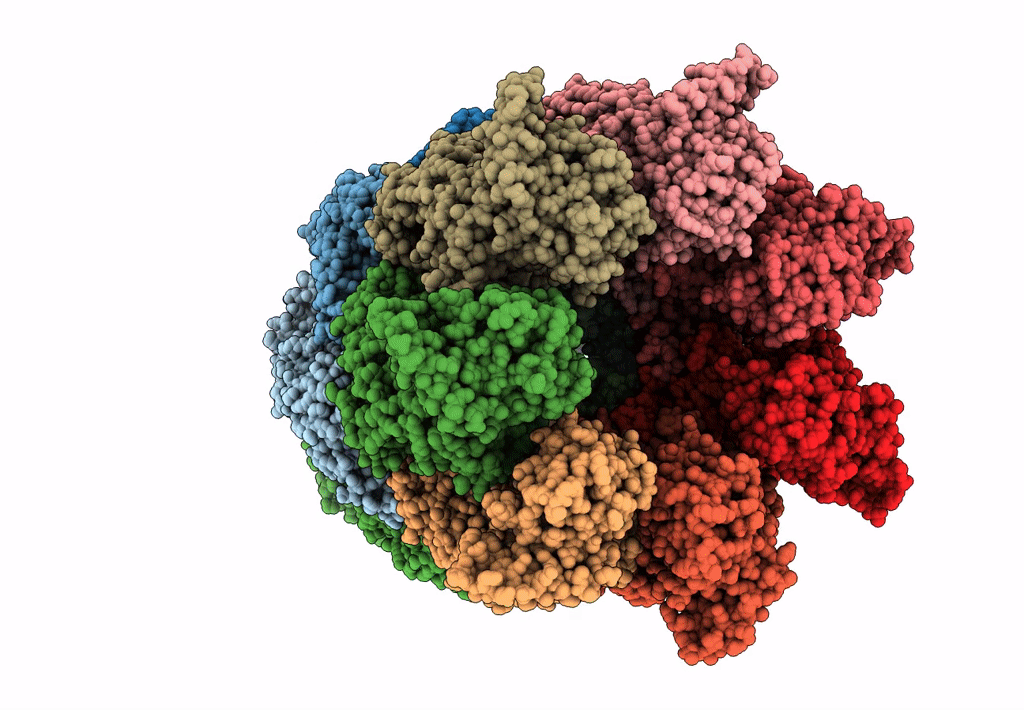
Deposition Date
2005-11-22
Release Date
2006-01-25
Last Version Date
2024-05-08
Entry Detail
PDB ID:
2C7D
Keywords:
Title:
Fitted coordinates for GroEL-ADP7-GroES Cryo-EM complex (EMD-1181)
Biological Source:
Source Organism:
ESCHERICHIA COLI (Taxon ID: 562)
Host Organism:
Method Details:
Experimental Method:
Resolution:
8.70 Å
Aggregation State:
PARTICLE
Reconstruction Method:
SINGLE PARTICLE


